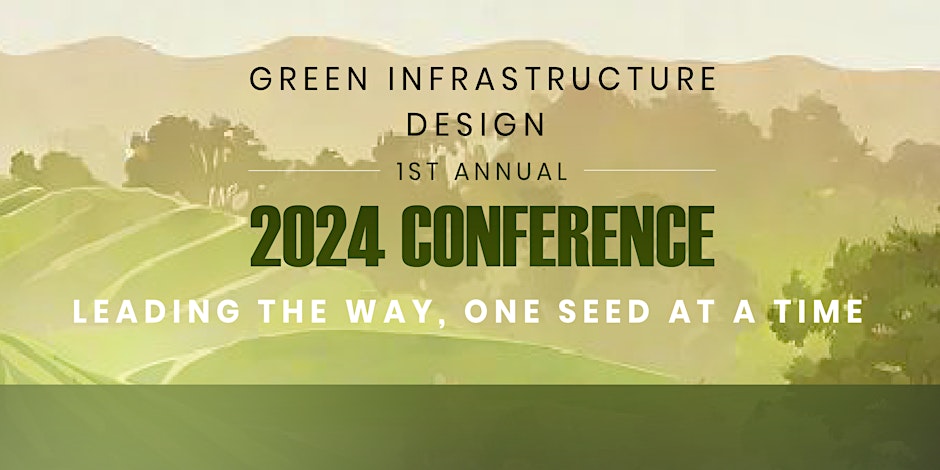It's Easy 2B Green!
Explore Our Services
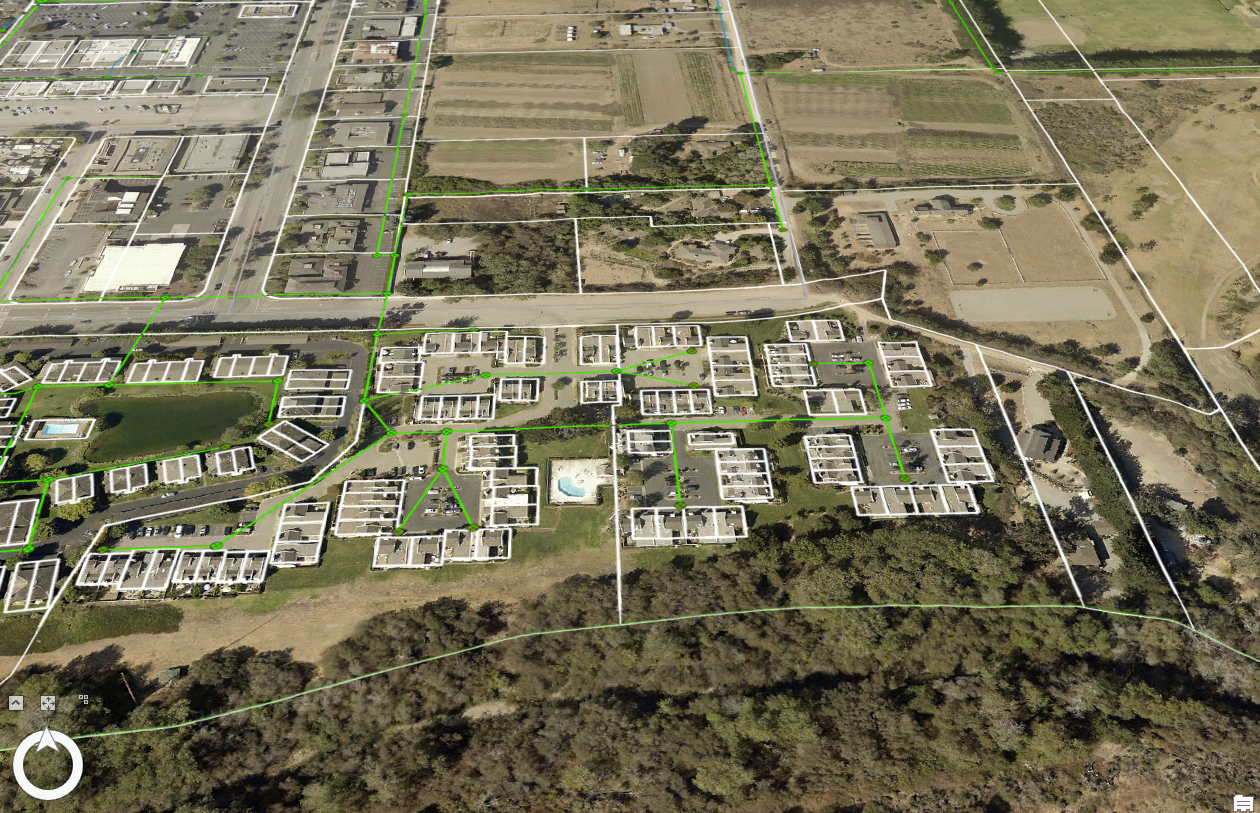
GIS Data Preparation

Field Audits Using GPS
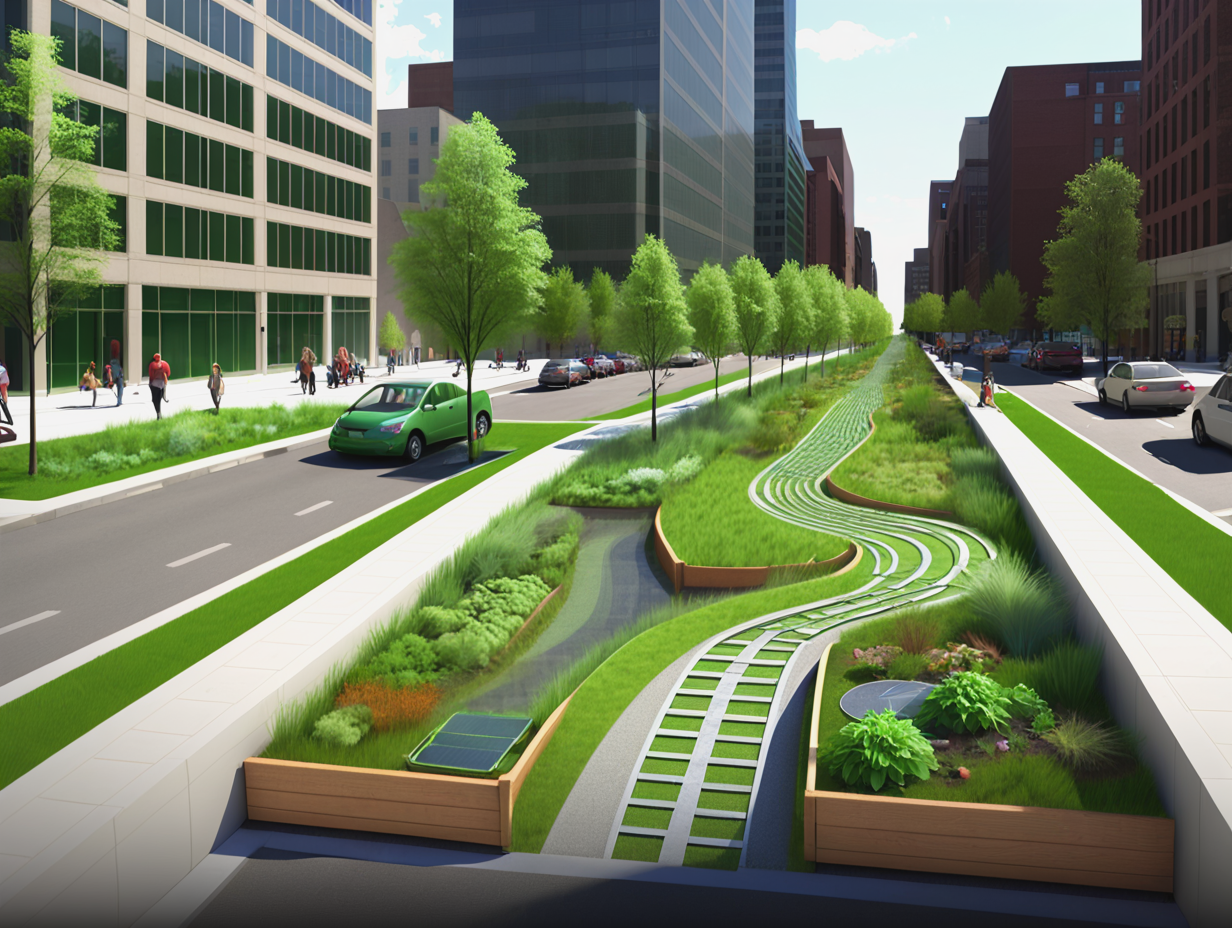
Green Infrastructure Design
Why Choose GID for Your Green Infrastructure Needs? It's Easy 2B Green!
- Experience and Expertise: With over 20 years of experience, GID has mapped over 60,000 water assets and 20,000 wastewater assets, and has completed more than 1,000 high-quality mapping projects.
- Comprehensive Solutions: We offer a full suite of services, from initial GIS conversion to long-term monitoring and maintenance. Our solutions are designed to create long-lasting benefits for cities and their residents.
- Grant Writing Support: Securing funding for green infrastructure projects can be challenging. GID offers grant writing services to help cities apply for and obtain grants that can fund their green infrastructure initiatives. Our team has successfully acquired funding for numerous projects, making us a valuable partner in helping cities build resilient, sustainable communities.
60,000
Water Assets Mapped
20,000
Wastewater Assets Mapped
1,000
Quality Maps Published
20
Years in Business
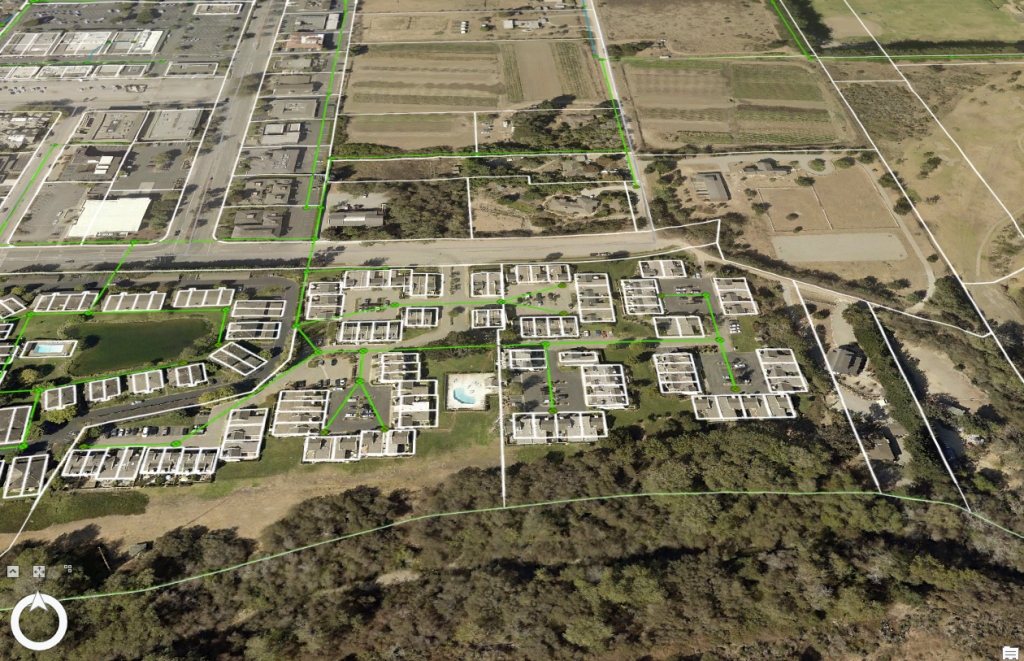
Field Audits for GIS
Our team of experts have developed a cost-effective approach to updating Geographic Information Systems (GIS) using Global Positioning Systems (GPS).
Field Audits take your GIS into the field to ensure what’s in the ground is in the computer. Field verification can be done in the field with mobile maps and apps.
Connecting the field and office with Web GIS.
Project Development
The use of GIS has drastically grown and helped enhance business practices over the last twenty years. Companies, as well as government agencies, have started to realize the benefits of GIS and are using it in their day-to-day operations.
Our Green Team provides is alliance of leading environmental firms and construction companies to design, built and maintain green infrastructure in the public and private sectors.
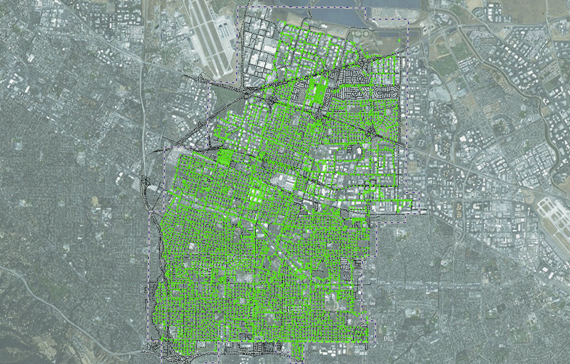
Our Services
We provide various services by qualified experts.
GIS Mapping
Our company recognizes the importance of maintaining mapping data and how an accessible system can be utilized to clearly define and achieve project goals.
Green Design
Our team of experts is committed to enhancing Nature Ground, the small spaces in our daily lives that can be optimized to deliver greater ecosystem services.
GPS Audits
Field Audits ensure that your GIS data aligns with field conditions, and vice versa. After a project is completed, clients gain from enhanced GIS systems.
Since 2002, our team has conducted GIS Field Audits for Stormwater, Water and Wastewater Systems.
Today, we use this knowledge to find Green Infrastructure Projects in your community. It's Easy 2B Green! #GreenTeam
Latest News
Check our latest news and articles from the Green Team.

